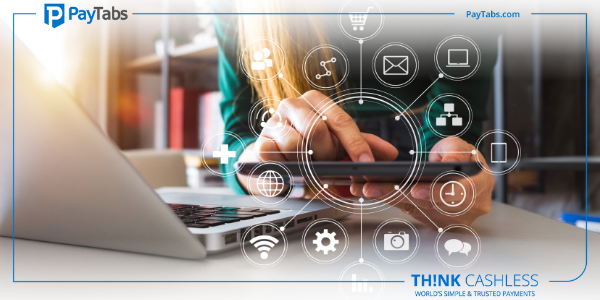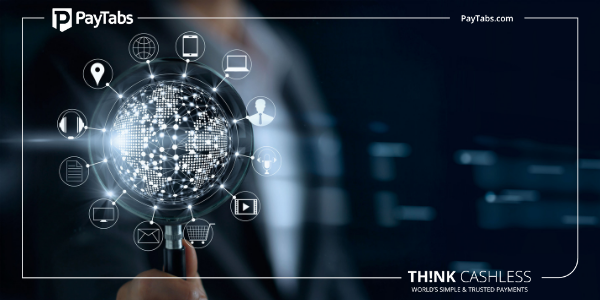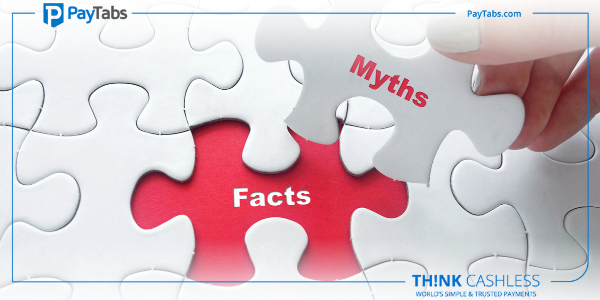7 Habits of Successful Small Business Owners

Owning a business is a dream come true for a large number of people, but it is an onerous task. As a small business owner, you are not only required to manage various facets of your business but also to ensure that these tasks are accomplished with optimal efficiency. Here are some tips to help you perform the best as a small business owner.
- Focus on Customers: One of the most important factors which distinguish successful small business owners from run-of-the-mill ones is their ability to focus on customers. For the longevity of the business, it is imperative that the market is identified in a definitive manner. Such identification helps in devising business strategies and policies which are most amenable to the needs of the customers. Such focus on the market and customers is helpful in ensuring the long-term survival of the business. With unwavering focus on the clients, the business is able to develop a reliable customer base, which is crucial for the growth and survival of the business.
- Focus on Employees: While focus on customers is vital, it is also important to take good care of the employees. No small business owner may become successful without the aid of diligent team members. By cultivating good leadership traits, a small business owner may motivate their team to give their best. Such practices help the business become more efficient and thus, lucrative. Happy employees are also helpful in making an enterprise more stable. For creating a strong team, a small business owner needs to develop people management skills. They should be able to delegate tasks effectively to ensure the timely achievement of goals in an efficient manner.
- Be Adaptable: A successful small business owner needs to be adaptable so as to pivot the business in response to changes in the surrounding environment. Current business scenario is highly volatile and tends to change frequently. Small business owners may use technology and other tools to remain updated about the latest developments in their industry segment. Small businesses may also collaborate with service providers to ensure that they provide the latest services to their clients. PayTabs can help such enterprises in offering easy-to-use and smooth online payment platforms. The ability to leverage technologies to enhance their business is one of the biggest qualities found in successful entrepreneurs.
- Network: Networking is highly important for small businesses so that they can leverage their resources. Small business owners may look for mentors in their specific fields who can provide them with invaluable advice. Networking also allows the businesses to avail expertise in technical areas. It is important to develop relationship with peers and advisers to fully harness the potential of the business. For this purpose, the entrepreneurs may join industry chambers and other such associations. Various meets and expos are also good venues for meeting peers and networking with them.
- Maintain Work Life Balance: Starting and running a small business can be a lonely journey. Therefore, it is important to ensure that your personal life does not suffer on account of your busy schedule. An entrepreneur needs to wear several hats at work and that may prove to be exhausting. In many cases, such excessive workload may lead to burnout, putting the entire business in jeopardy. The concept of work life balance should also be extended to the employees so that the entire team is able to offer their best to the organization. You may also introduce workout classes or sports sessions at the office so that the team may remain physically fit. Such activities will also provide them with a reprieve from routine tasks.
By inculcating above-mentioned habits, any person can enhance their business acumen. These habits will make the process of running a challenging business more manageable. Apart from developing these traits, small business owners may also avail services of technology partners to run their enterprises in a smoother manner. Incorporating services provided by outfits such as PayTabs is one such example of the collaboration which can bring drastic changes in the online payment system of a small business.





